The Peace Lily (Spathiphyllum) is often the first plant people think of when they imagine an easy, elegant indoor plant. Its glossy green leaves and iconic white blooms instantly soften modern interiors and bring calm to urban homes. Yet, one common struggle remains: keeping a Peace Lily lush and blooming in low-light apartments.
If you live in a space where sunlight barely filters through the windows—or you rely mostly on artificial lighting—don’t worry. The Peace Lily is naturally adapted to shady tropical forests, where sunlight is filtered through dense canopies. With the right adjustments, your plant can thrive beautifully even without direct sun.
Let’s explore how to maintain healthy, vibrant leaves and regular blooms in low-light spaces, using smart positioning, watering, and light management.

1. Understanding the Peace Lily’s Natural Habitat
Peace Lilies come from the humid understory of Central and South American rainforests, where sunlight rarely hits the ground directly. Instead, they receive soft, diffused light bouncing off leaves and soil.
This makes them perfect for apartments with:
- North-facing windows
- Rooms shaded by nearby buildings
- Indoor corners with reflective surfaces
However, while Peace Lilies tolerate shade better than most plants, they still need indirect light to maintain their bloom cycle. Without it, their leaves can survive, but their flowering will slow or stop entirely.
Also Read- Humidity Hacks: How To Keep Your Peace Lily Thriving In Dry Summer Air
2. How Light Affects Peace Lily Growth and Blooming
Light plays two main roles for Peace Lilies:
- Photosynthesis: Produces energy for leaf and root growth.
- Blooming trigger: Signals the plant that conditions are favorable for flowering.
In low light, Peace Lilies prioritize survival—producing broader, darker leaves to capture what little light is available. Blooms, however, require slightly brighter conditions.
That’s why a plant growing in dim light will stay green and healthy, but may not bloom regularly. To balance both, you’ll need to mimic the forest light pattern—soft brightness for a few hours daily, followed by gentle shade.
3. Best Placement Tips for Low-Light Apartments
Even in low-light homes, placement makes all the difference. Try these practical setups:
A. Near North or East-Facing Windows
These windows offer consistent but gentle brightness, ideal for leaf development without scorching. Keep the plant 2–3 feet away to avoid direct rays.
B. Use Reflective Light
If natural light is limited, place your Peace Lily near white walls, mirrors, or light-colored furniture. These surfaces reflect brightness and create a diffused glow.
C. Under Artificial Lighting
Fluorescent or LED grow lights can easily replace natural light.
- Use “full-spectrum” bulbs (5,000–6,500 K) that simulate daylight.
- Keep lights on for 10–12 hours daily, positioned 30–45 cm (12–18 inches) above the plant.
Timers work wonderfully for consistency—something low-light environments often lack.
Also Read- Can You Move Peace Lilies Outdoors In Summer? What You Should Know
4. Maintaining Bloom Health in Low Light
If your Peace Lily refuses to bloom, even under the right lighting, you might need to adjust its routine.
A. Rest and Energy Storage
After a blooming cycle, Peace Lilies enter a rest period. If your plant hasn’t bloomed in 4–6 months, it may be conserving energy. Continue gentle care without overfertilizing.
B. Encourage Growth with Nutrients
Feed your plant every 4–6 weeks with a balanced, diluted fertilizer (10-10-10). Low light means slower metabolism, so less frequent feeding prevents root burn.
C. Maintain Proper Temperature
Peace Lilies love warmth—21–27°C (70–80°F) during the day and never below 16°C (60°F) at night. Cooler air slows nutrient absorption and delays flowering.
5. Watering Wisely: The Key to Healthy Leaves
In dim environments, overwatering is the top cause of drooping and yellowing. Because low light slows evaporation, water remains longer in the soil—risking root rot.
Watering Rule of Thumb
- Touch the top 2 cm (about an inch) of soil. If it’s dry, water gently until excess drains out.
- Use filtered, distilled, or rainwater to prevent fluoride and chlorine buildup, which cause brown leaf tips.
- Always empty saucers after watering to prevent stagnation.
A happy Peace Lily will slightly droop when thirsty and perk back up within hours after watering—a reliable signal of when it truly needs moisture.
Also Read- Can Peace Lilies Handle Air Conditioning in Summer Homes?
6. Humidity: The Secret to Glossy, Vibrant Leaves
Low-light apartments often have dry air from air conditioners or heaters. Peace Lilies thrive in 60–70 % humidity, similar to tropical environments.
Here’s how to achieve that balance:
- Place the pot on a pebble tray filled with water (without submerging roots).
- Use a small humidifier nearby—especially in winter.
- Group your Peace Lily with other houseplants; together, they naturally raise humidity.
To prevent fungal problems, ensure gentle airflow so moisture doesn’t stagnate.
7. Pruning and Cleaning in Shady Rooms
Without sunlight, dust builds up faster on leaves, reducing light absorption. Every two weeks:
- Wipe each leaf gently with a damp microfiber cloth.
- Avoid commercial leaf-shine sprays—they clog pores.
- Trim yellow or dried leaves at the base to encourage new growth.
Clean leaves not only look better but also absorb available light more efficiently, helping your plant photosynthesize even in dim conditions.
8. Common Low-Light Problems and Fixes
| Symptom | Likely Cause | Solution |
|---|---|---|
| Drooping leaves | Overwatering or poor drainage | Check roots and reduce watering frequency |
| Brown tips | Chlorine or dry air | Use distilled water; increase humidity |
| No blooms | Too little light or nutrients | Add a full-spectrum light; fertilize lightly |
| Yellowing leaves | Aging or root stress | Trim old leaves; repot if root-bound |
| Pale leaves | Insufficient light | Move closer to a bright window or add a grow light |
9. Advanced Tip: Rotate for Balanced Growth
In low-light rooms, light typically falls unevenly on one side of the plant. Every two weeks, rotate your Peace Lily 90 degrees. This ensures:
- Even leaf color and shape.
- Upright stems instead of leaning growth.
- Consistent bloom orientation once flowering begins.
10. When to Repot a Low-Light Peace Lily
Even slow-growing Peace Lilies eventually become root-bound, especially in compact apartments. If you see roots peeking from the drainage holes or notice water sitting on top of the soil, it’s time to repot.
How to Repot
- Choose a pot only 2–3 cm (1 inch) wider than the old one.
- Use a loose, well-draining mix (coco coir + perlite + compost).
- Water lightly and place in indirect light afterward.
Repotting every 18–24 months refreshes soil nutrients and encourages new bloom spikes.
11. Bonus: Peace Lily and Artificial Light Décor Ideas
Low-light apartments often rely on creative lighting to mimic daylight. Try:
- Warm-white LED strip lights under shelves for subtle uplighting.
- A reflective floor lamp aimed at a nearby wall to diffuse light softly.
- Pairing your Peace Lily with pale planters to enhance brightness perception.
This not only supports plant growth but also transforms your living space into a peaceful, biophilic retreat.
Conclusion
The Peace Lily proves that beauty doesn’t need sunshine to shine. With gentle care, filtered light, and balanced humidity, it can flourish in the dimmest corners of city apartments—producing glossy leaves and elegant white blooms year-round.
Your Peace Lily isn’t just a plant; it’s a living reminder that even in the shadows, life finds a way to grow. Give it patience, observation, and small adjustments, and you’ll enjoy a thriving green companion that turns every low-light nook into a serene sanctuary.



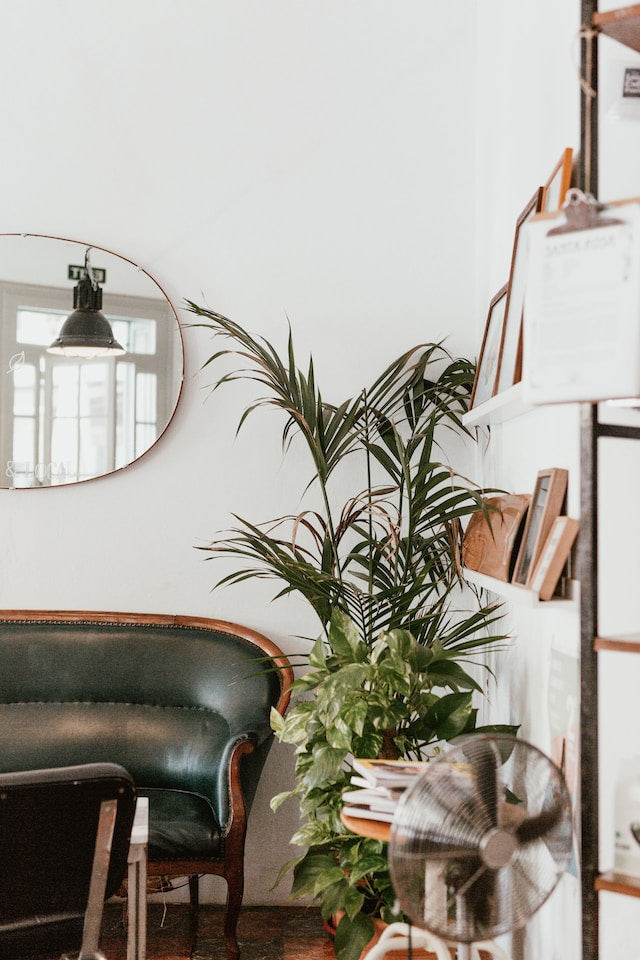
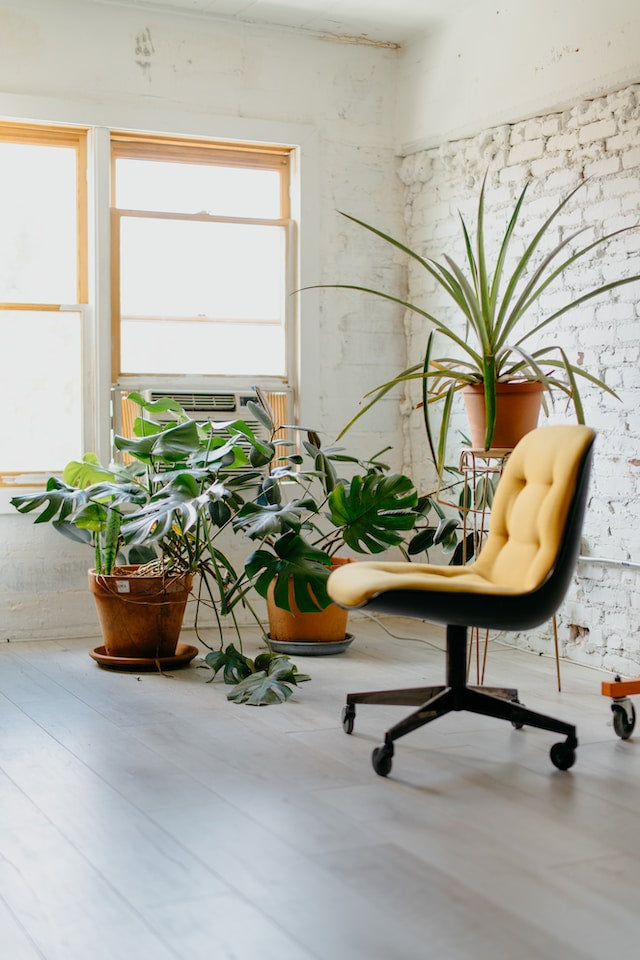
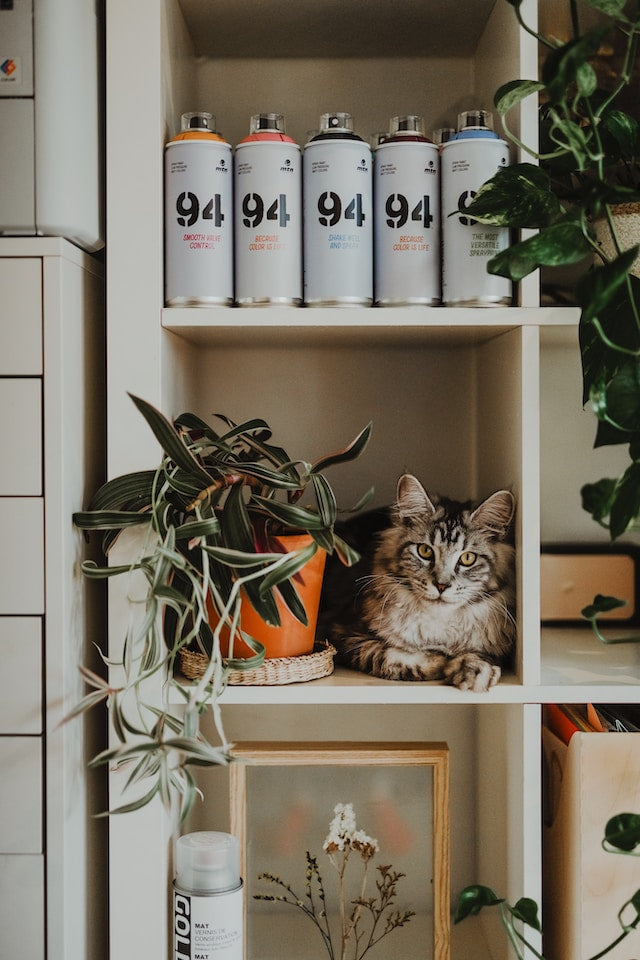
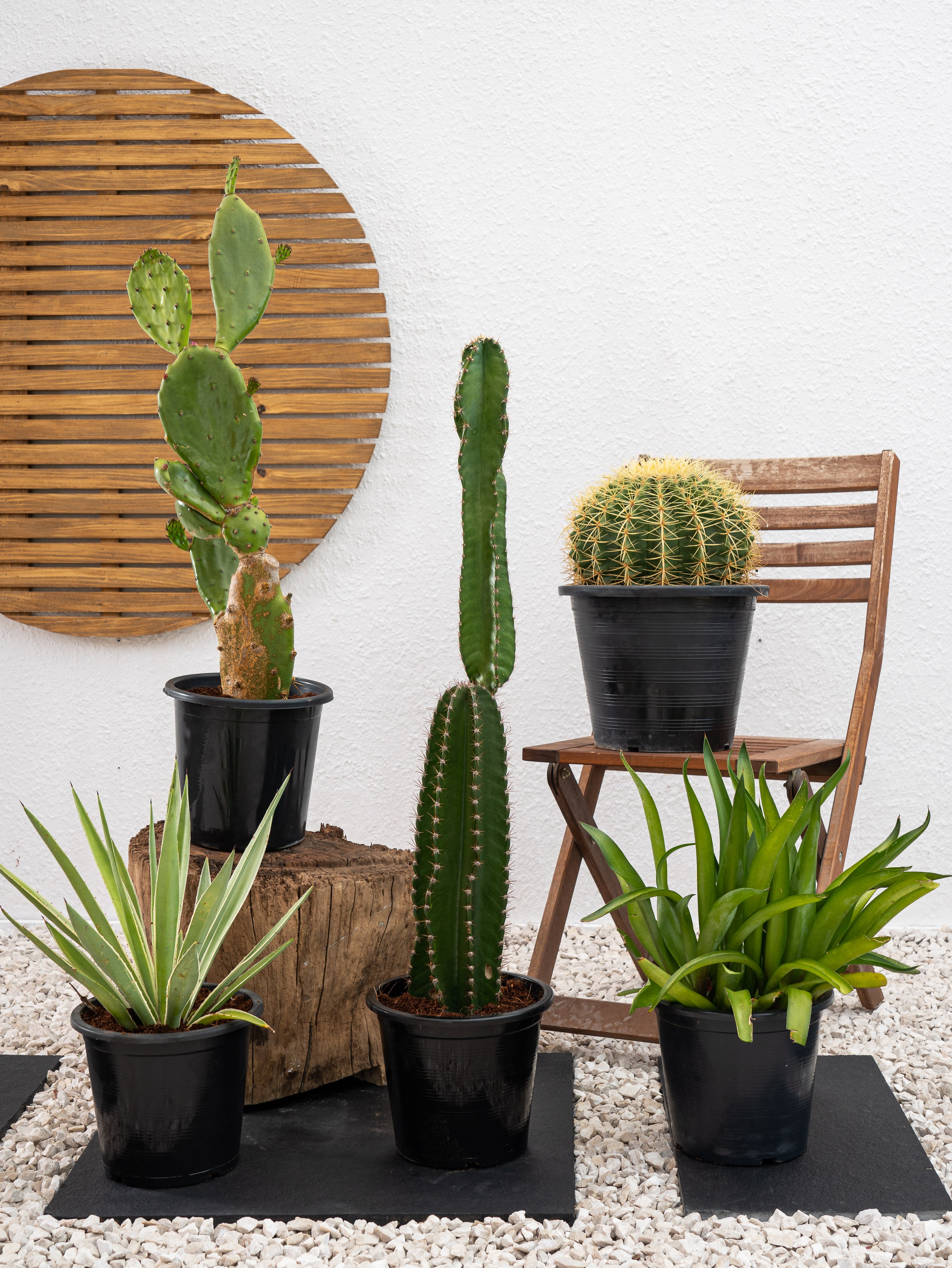

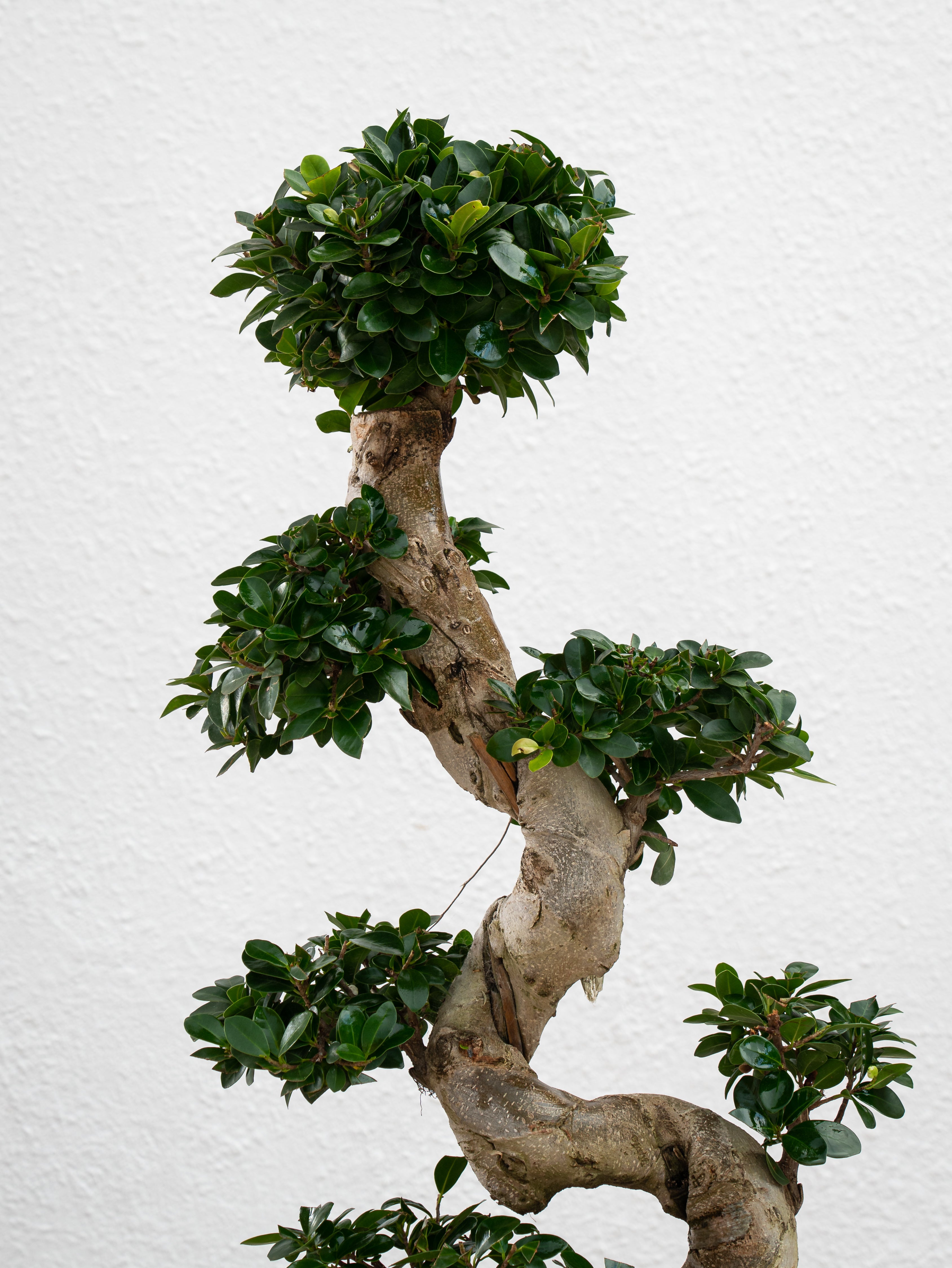
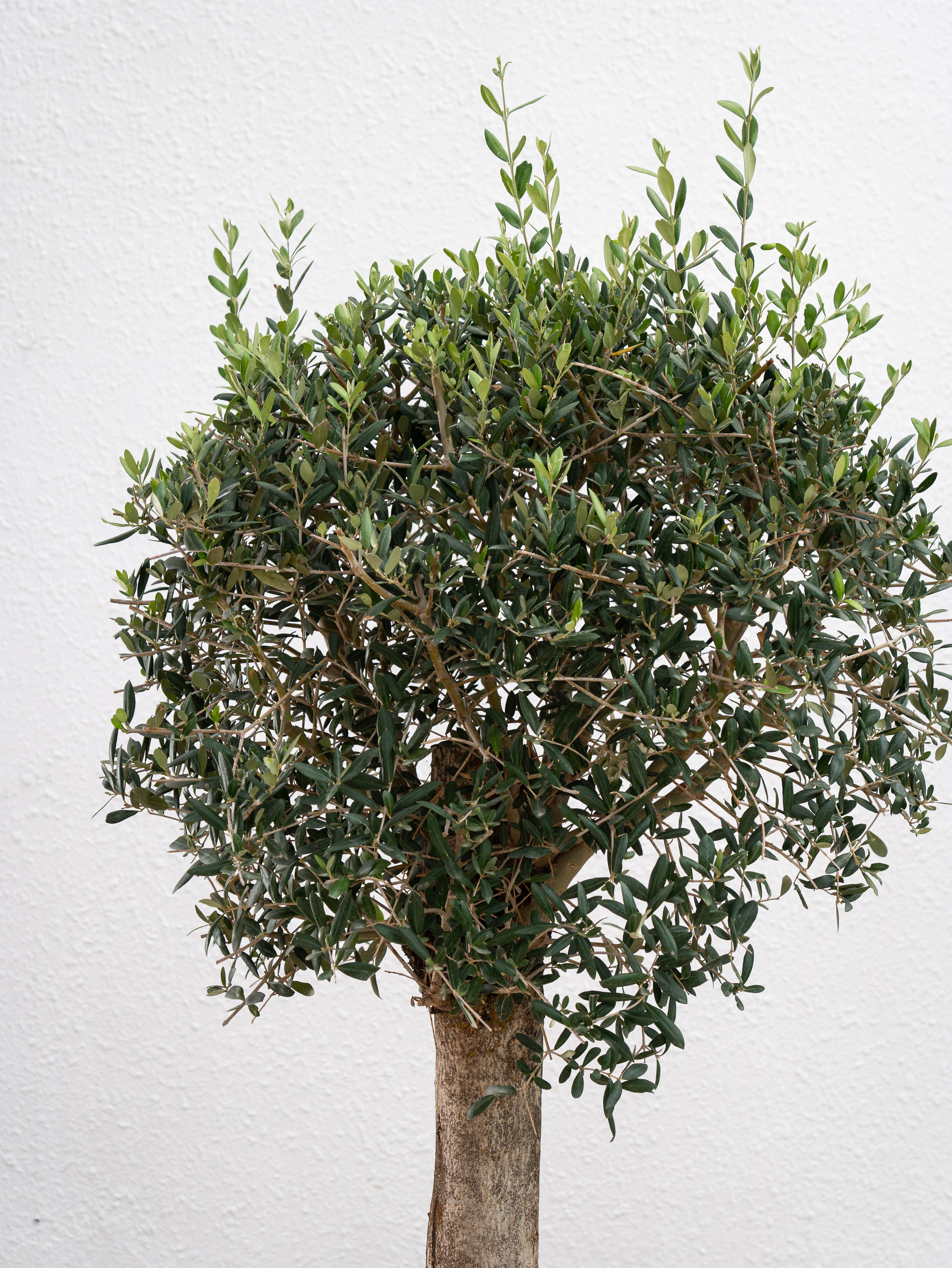

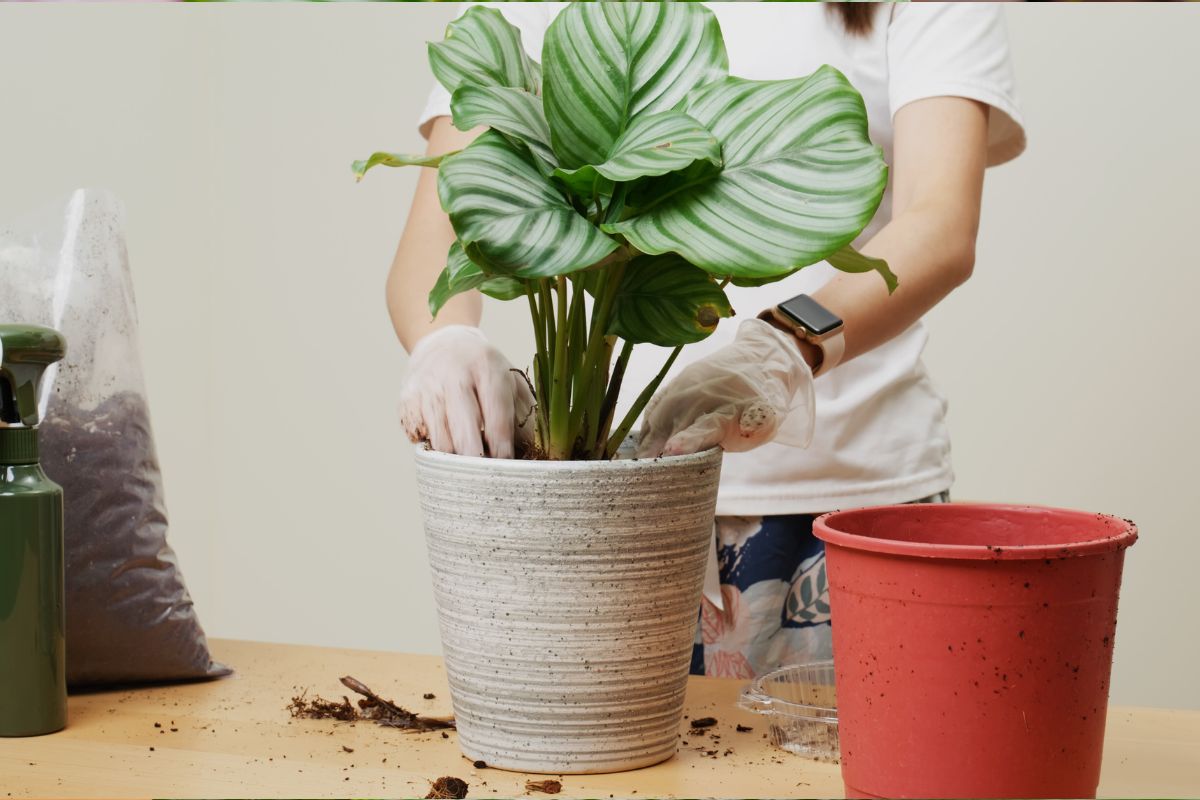

Leave a comment
This site is protected by hCaptcha and the hCaptcha Privacy Policy and Terms of Service apply.